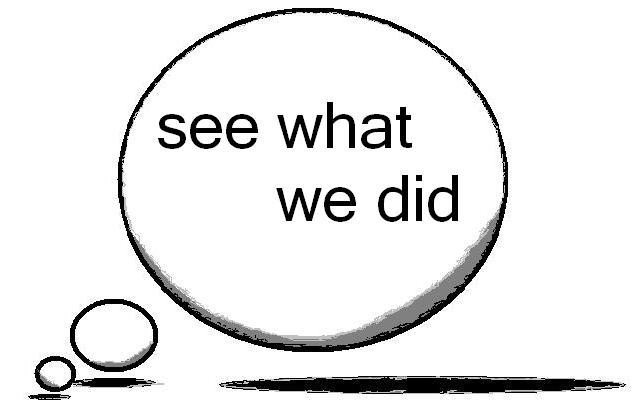Team:Mississippi State/caleb
From 2008.igem.org
| Line 23: | Line 23: | ||
Mississippi State seeks to benefit the uses of non-food material biomass as a source of energy. Though ethanol and other biofuels offer an alternative to fossil fuels, their extraction from food crops is unrealistic and puts enormous economic strain on both food products and the further development of natural fuels. Biomass waste contains a huge amount of unused cellulose and hemicellulose, the raw materials for biofuel production. In addition, Lignin has been shown to be a source of biogasoline, which conforms better than any current biofuel to the existing energy infrastructure. As a result, this project will develop a better method for natural degradation of biomass to reduce the costs and complications involved with current methods. | Mississippi State seeks to benefit the uses of non-food material biomass as a source of energy. Though ethanol and other biofuels offer an alternative to fossil fuels, their extraction from food crops is unrealistic and puts enormous economic strain on both food products and the further development of natural fuels. Biomass waste contains a huge amount of unused cellulose and hemicellulose, the raw materials for biofuel production. In addition, Lignin has been shown to be a source of biogasoline, which conforms better than any current biofuel to the existing energy infrastructure. As a result, this project will develop a better method for natural degradation of biomass to reduce the costs and complications involved with current methods. | ||
| + | |||
| + | |||
| + | |||
| + | [[Image:TheRealProblem.JPG|500 px|center]] | ||
[[Image:Learnmore.JPG|300 px]][[Image:Seewhatwedid.JPG|300 px]][[Image:Meetourteam.JPG|300 px]] | [[Image:Learnmore.JPG|300 px]][[Image:Seewhatwedid.JPG|300 px]][[Image:Meetourteam.JPG|300 px]] | ||
Revision as of 16:26, 16 July 2008
| mypage | Our Project | Papers |
Lignin is a ubiquitous, extremely complex biopolymer found in plant cells. It is the most recalcitrant part of the cell wall, and only a few organisms possess the machinery necessary for its degradation. As a result, a huge proportion of the earth's biomass resources are trapped in a highly degradation resistant lignin matrix. To make these resources viable for energy and chemical needs, lignin must be broken down to separate the chemical components of biomass.
Mississippi State seeks to benefit the uses of non-food material biomass as a source of energy. Though ethanol and other biofuels offer an alternative to fossil fuels, their extraction from food crops is unrealistic and puts enormous economic strain on both food products and the further development of natural fuels. Biomass waste contains a huge amount of unused cellulose and hemicellulose, the raw materials for biofuel production. In addition, Lignin has been shown to be a source of biogasoline, which conforms better than any current biofuel to the existing energy infrastructure. As a result, this project will develop a better method for natural degradation of biomass to reduce the costs and complications involved with current methods.
 "
"





